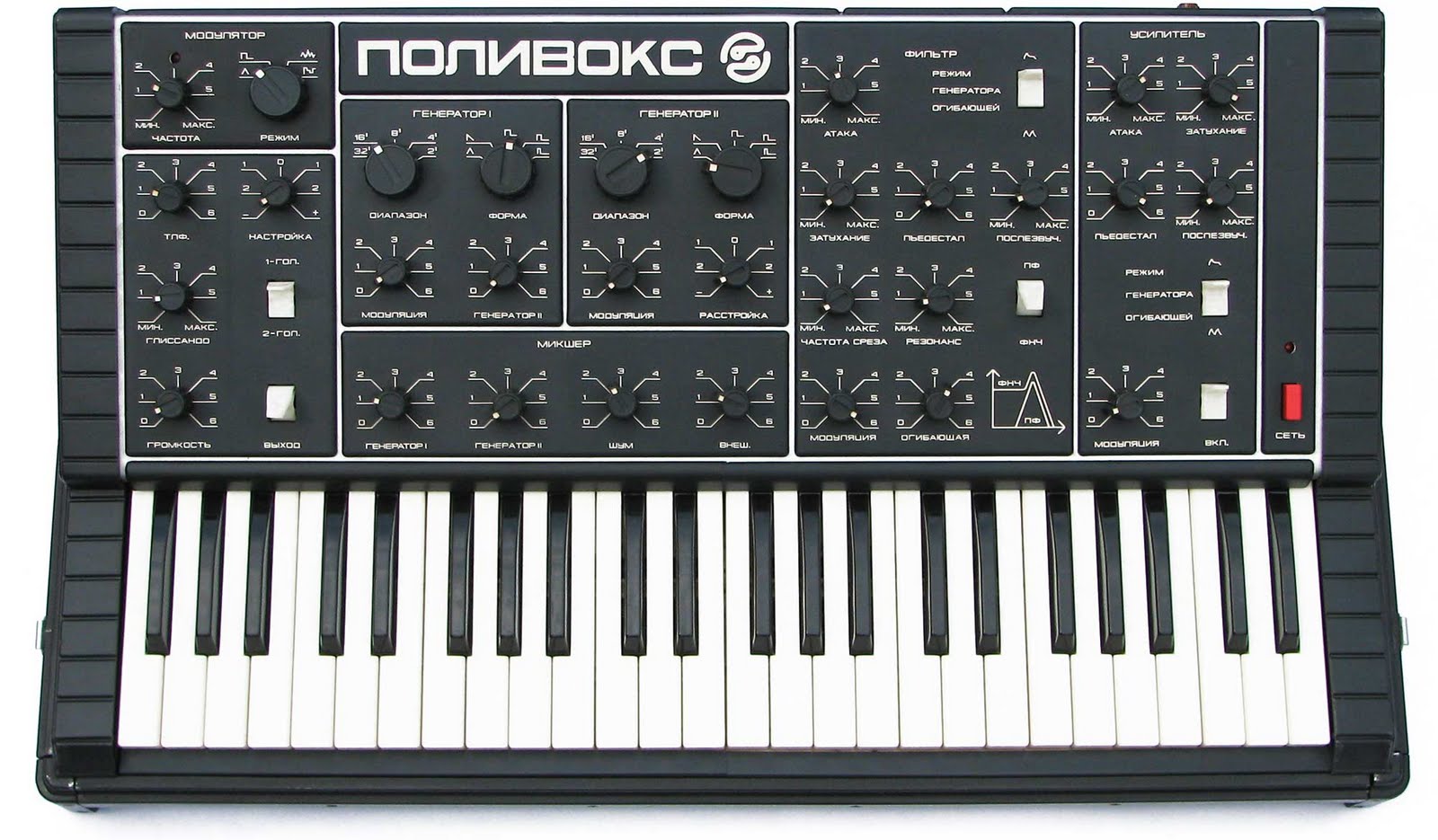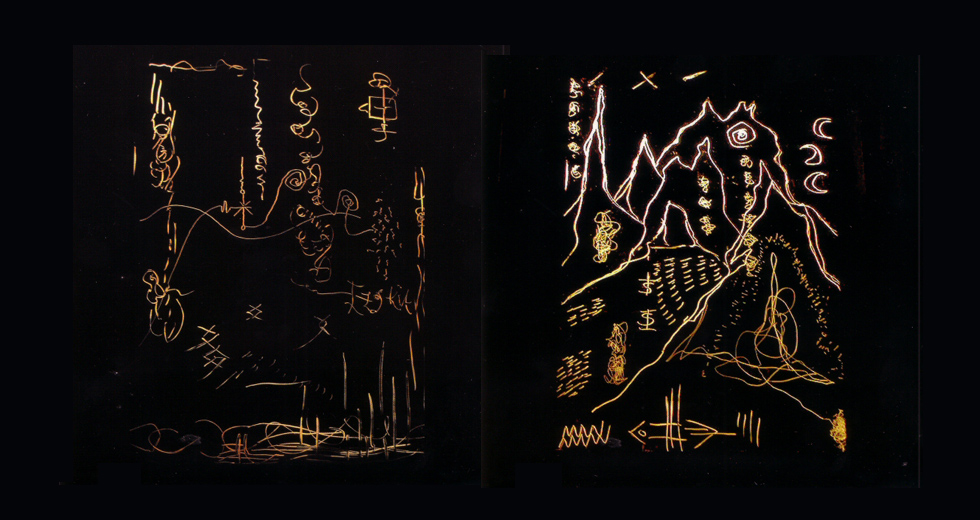Synth-Aesthesia: Soviet Synths And The ANS
While much is known about early electronic music in the west – led by groups like the Columbia-Princeton Electronic Music Center, the BBC Radiophonic Workshop and the San Francisco Tape Music Center – there was a whole series of lesser-known inventions and experiments happening in Russia before the second world war. Leon Theremin had captured the public imagination with his motion-sensitive name-sake, and several engineers and inventors rushed to create new electronic instruments. Fuelled by the possibility of an unprecedented social and cultural age after the revolutions of the early 20th century and the Russian civil war, as well as breakthroughs in radio and electro-optical technology, the quest for a new music was considered vitally important. For this edition of Synth-Aesthesia, we investigate the ANS synth, and scratch the surface of the history of Soviet synthesizers and graphical sound.
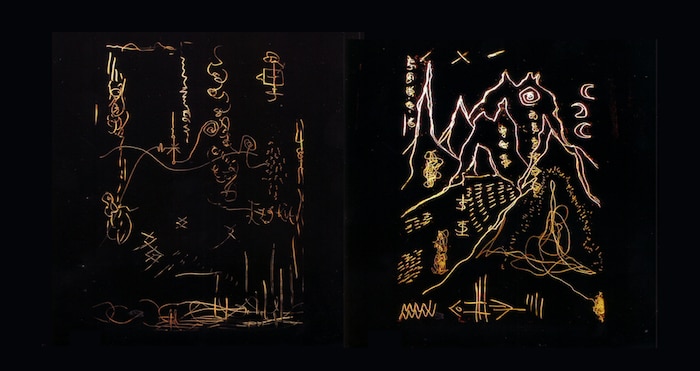
As machines became more humanised, and image and sound became more integrated, new possibilities for ‘auto-music’ opened up. By the 1930s it was possible to take a picture of a soundwave using photo-optics, and by reversing this method, to also generate a sound with its graphic counterpart. Several inventors like Evgeny Scholpo, Arseny Avraamov and Boris Yankovsky all explored this new area of ‘graphical sound’, examining the relationship between man, machine, sound and image in a quest to unveil universal truths of geometry, art and music. Their Wellsian creations, all whirring cogs, strips of running film and symmetrical patterns on paper discs, are anything but primitive. Conceptually bold if structurally fragile, they dared to stare into the unknown and inspire a cultural revolution of a new age.
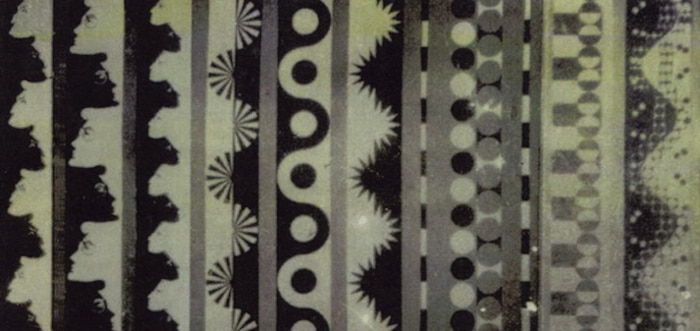
One such creation was the ANS. The ANS is a rare machine, whichever way you look at it. Only two were ever built, and the only-surviving second model now resides at the Glinka Museum of Musical Culture in Moscow. It’s a feat of engineering that stands on the crossroads of art, music, psychology and even the occult. Over 50 years old, it challenges us to reconsider the accepted worlds of music and sound, whether approaching it as a composer, musician or listener. Emerging from the long line of mechanical orchestras, siren symphonies and electro-optical experiments that were happening in Russia during the early part of the 20th century, it took nearly 20 years to build. It was the passion and hobby of engineer and inventor Evgeny Murzin, who began to design his photoelectrichesky sintezator muziki in 1939. The going wasn’t easy. As Andrey Smirnov, Director of Moscow’s Theremin Center, reveals in the BBC’s The Soundhunter series, “There was only a few places where this kind of research, into new musical instruments, was supported by the state. Anything private was prohibited. It seemed like the whole country was working underground to invent anything new or interesting. But building these instruments was considered criminal. You could not buy any electronic components, you had to steal them from the institutions. So, each inventor was a criminal, otherwise they couldn’t invent anything. Evgeny Murzin did not wait for state support, he was just doing his work like a hero, himself and his wife. Otherwise he could have had to wait dozens of years for state support, without being successful.”
“Each inventor was a criminal, otherwise they couldn’t invent anything.”
The concept of criminality in the USSR was much more sinister than in the west. As Andrey explains further, “In Stalinist Russia, when someone influential was shot or sent to the Gulag, their physical disappearance was not enough. They were also retroactively transformed into traitors and saboteurs, eliminated from the public record and wiped from group photographs as though they had never lived. This was also true for the whole emerging culture of 1920s. By the late 1930s, the cultural and intellectual elite of the previous two decades had effectively been written out of history. To many artists and enthusiasts, inspired with revolutionary ideas, avant-garde approaches to the arts became an integral aspect of social revolution.”
So, the ANS had rebellion and revolution running through its circuits from the very first blueprint. It’s not surprising, then, that the name ANS is taken from the initials of Alexander Nikolayevich Scriabin, one of the most notable musical rebels around the turn of the 20th century. Scriabin developed his own atonal music system based on theosophy and mysticism, and was also noted for his powerful synaesthesia, as well as multifaceted performances that provoked an orgy of the senses. His fascination with the occult is little to do with ouija boards and scaremongering, but instead more about courage and conviction. His idea of Satan as a challenger of authority and inspirational figure for humankind to realise their own divine power is a far cry from the vision of deceiver, tempter and bestower of eternal suffering that we’re more familiar with.
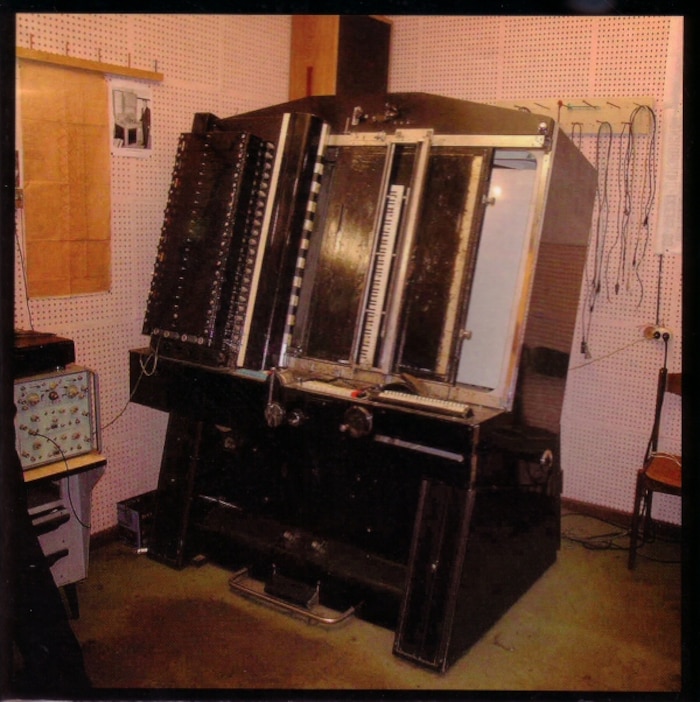
Composing for and playing the ANS is certainly an unusual prospect. Traditional 12 tone scales were cast aside: the machine has 720 sine waves printed over five glass discs, using a method that Murzin had to develop himself. The modulated light from these discs is then projected onto the back of the synthesizer’s interface. Playing these tones requires the composer to scratch out lines in another glass plate covered in black mastic resin, which can then be spun round manually at the desired speed. For extra control, there’s also a photocell-based filter bank. The resulting sounds, sliding in-between standard notation, often have an eerie, alien tone, giving the impression of sounds from an unfamiliar world.
With the advent of the ANS at the end of the 50s, many of Russia’s finest avant-garde musicians and composers came to work on it, such as Alfred Schnittke, Stanislav Kreitchi, Sofia Gubaidulina and Eduard Artemiev. The ANS was originally housed above the Scriabin Museum in Moscow, and became the centre-piece of an experimental electronic music studio. Perhaps the best-known compositions are Edward Artemiev’s soundtracks for Tarkovsky’s early movies, such as Solaris, The Mirror and Stalker. In Solaris, the spooky, microtonal harmonies of the ANS soundtrack Tarkovsky’s exploration into space and the self, as the characters aboard the orbiting space station free fall through the unravelling layers of their psyches. In this respect, the ANS can also be seen as an integral part of the space race of the late 60s, assisting in the capture of public fascination for science fiction and space exploration.
The idea of a synth that modulates light into sine waves with spinning glass discs, hidden for years beyond the Iron Curtain, has inspired all kinds of musicians, from avant-garde composers to experimental industrialists and occult minimalists. The ANS has featured on several ‘modern’ recordings, most notably on the album ANS by experimental industrialists Coil in 2003. Sheffield’s Clock DVA off-shoot TAGC also used the ANS on some tracks, and the Electroshock label has re-issued early recordings from Artemiev’s Electronic Music Experiment Studio Ensemble from sources like the Soviet label Melodiya. But it’s not just romanticism that has made the ANS such a cult instrument. Its premise that light is music and blackness is silence might seem elementary, but it demands a leap of the imagination that’s not immediately obvious. The ANS resides in its own dimension, and as such challenges us to reconsider the musical games we play. Unlike many of the synthesizer developments made in the free market economies of the west, the ANS exists in a timezone all of its own, a symbol of resistance against the apathy of the status quo, a rebel against the collective suffocation of the imagination.
Andrei Smirnov's book Sound In Z: Experiments In Sound And Electronic Music is out in September 2012.
